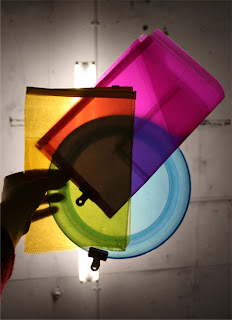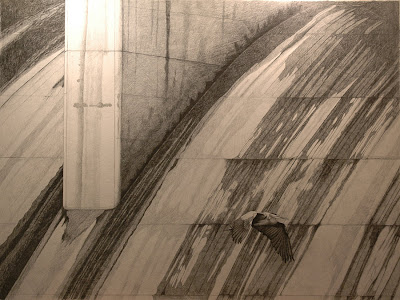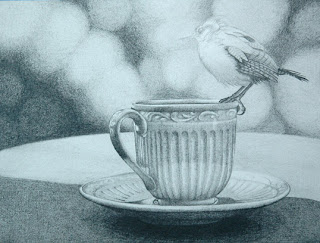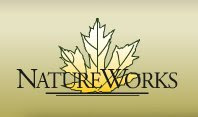Molecular make-up?
Color mapping, Part 3
My road to how I taught
myself color theory and how to mix paint.
Example of CMYK to make black
So I introduced the subtractive color theory
model in the last color mapping post. The subtractive color theory model states
that as you mix your primary colors, red, yellow & blue, together in equal
parts that they become darker.
To clarify this more we need go back to our
school days of science and talk about energy and matter. All objects are made
up of matter, which are in turn a grouping of atoms that contain energy. Light
contains energy which is compatible with the energy in surfaces of objects,
which absorbs the energy of the light. The molecular make-up of the object will
determine what light energy is absorbed and what is reflecting back, which is
the color that you see.
If a surface absorbs all of the light energy
then it will reflect none of the lights energy and the surface will appear
black. The energy that is absorbed will be turned into heat, that’s why an asphalt
road will look black and be hot to the touch. A white surface of course does
the complete opposite of black; the energy of a white surface rejects all of
the energy of the light waves.
Now how does this work with color? A surface
that is green will absorb all of the lights energy except for the green energy
wave which is reflected back to you. If a surface looks red then the red light
energy waves are being reflected while all of the others are being
absorbed. If an object looks like a
red-orange then in this case the light energy of the red and the orange are
being reflected back.
Learning this color theory model is what helped
me to understand the mixing of physical pigment into mixtures of color that I
wanted. This led me to the knowledge of “Color Bias” and that every tube paint
is bias towards the warm or cool side of the color wheel. If you want to mix a
nice and saturated orange you have to pick up the right tube of red and tube of
yellow.
Color Bias and my six color primary palette discussed
in the next color posting.
Other posts of interest:






Comments
Post a Comment